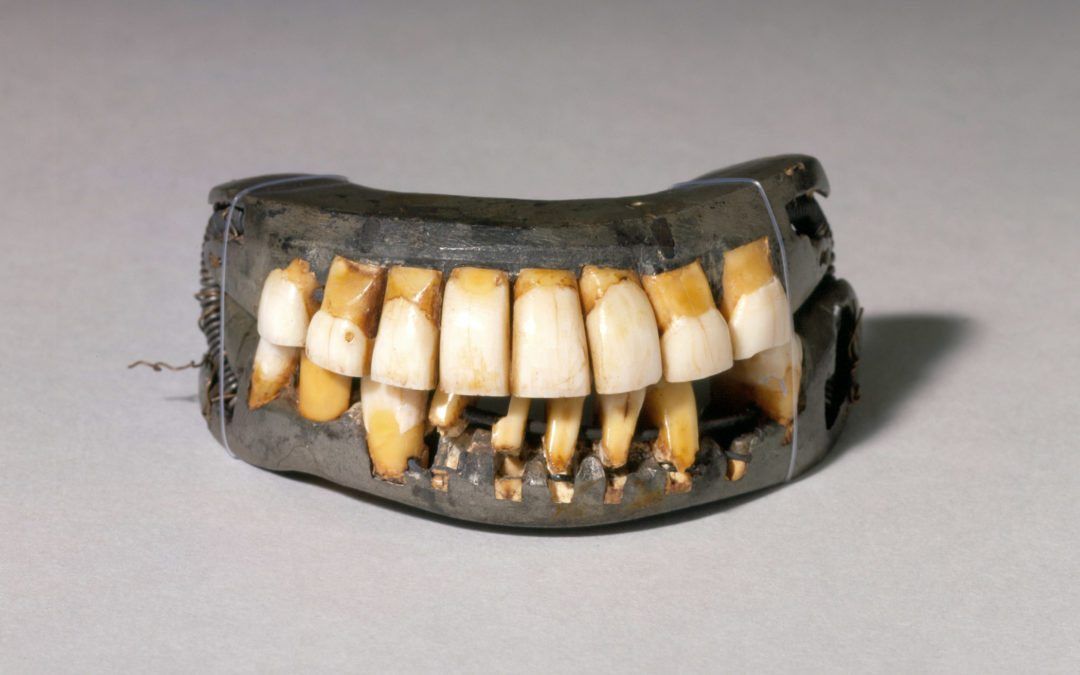CO2 Laser for Quick, Effective Cold Sore Treatment
Cold sores — also called fever blisters — are a common viral infection. Cold sores spread from person to person by close contact, such as kissing.Cold sores are contagious even if you don’t see the sore.
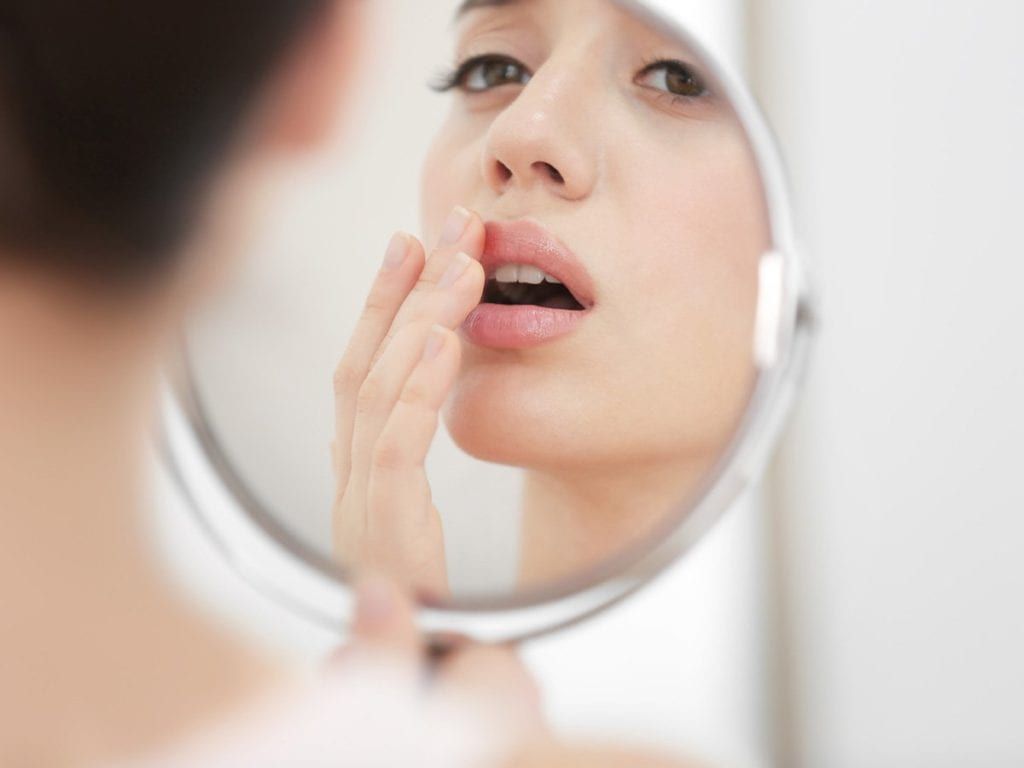
Symptoms
A cold sore usually passes through several stages:
- Tingling and itching. Many people feel an itching, burning or tingling sensation around their lips for a day or so before a small, hard, painful spot appears and blisters erupt.
- Blisters.Small fluid-filled blisters typically break out along the border where the outside edge of the lips meets the skin of the face. Cold sores can also occur around the nose or on the cheeks.
- Oozing and crusting.The small blisters may merge and then burst, leaving shallow open sores which will ooze fluid and then crust over.
Unfortunately, the blisters can be painful, cause patients to feel self-conscious and can last several days, with the blisters taking two to four weeks to heal completely.
HOWEVER, with the advanced technology used by our expertly trained and board-certified oral surgeon, patients can now experience significantly faster and less painful healing.
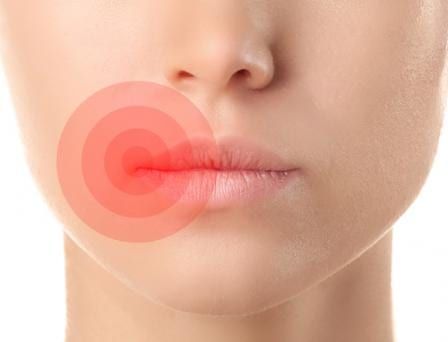 Using Dr. Julie Park’s CO2 Laser, if treated at the first sign of symptoms, the patient could see the cold sore heal completely in as little as one to two days!
Using Dr. Julie Park’s CO2 Laser, if treated at the first sign of symptoms, the patient could see the cold sore heal completely in as little as one to two days!
The CO2 laser treats the cold sore with no anesthesia and is completely painless!
For more information on this, or other laser technology oral health capabilities, please call our office at 614-891-4242.


 Each year at
Each year at  Lack of proper protection can lead to loss of a tooth and increased risk of fractured tooth or jaw. Not only do mouthguards help prevent orofacial trauma, they reduce the cost of these injuries in the long run significantly.
Lack of proper protection can lead to loss of a tooth and increased risk of fractured tooth or jaw. Not only do mouthguards help prevent orofacial trauma, they reduce the cost of these injuries in the long run significantly.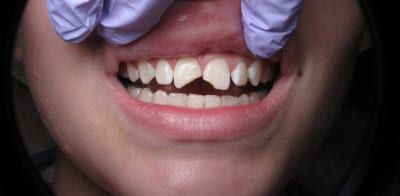

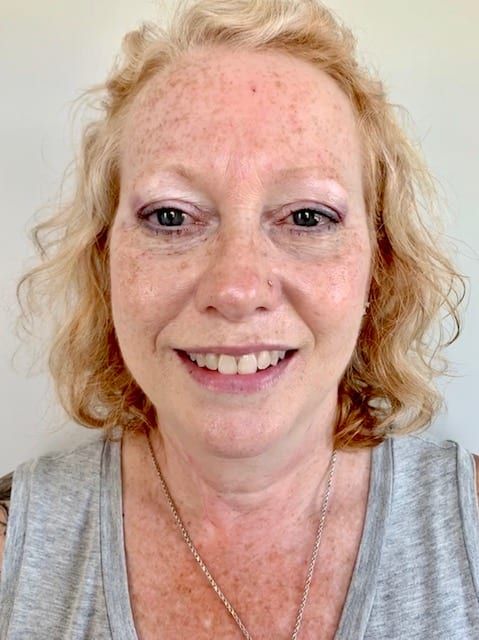
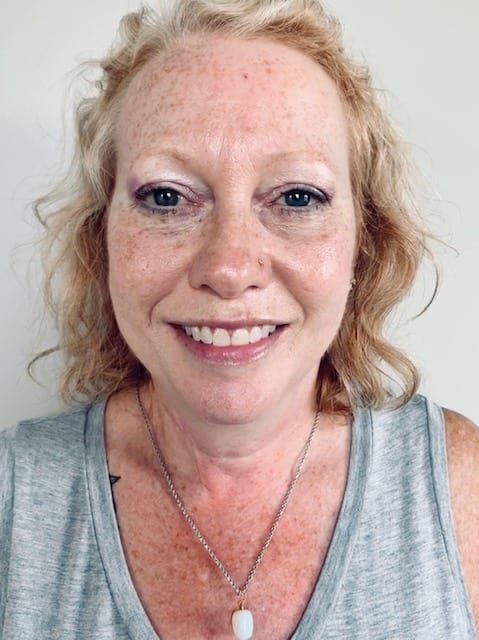
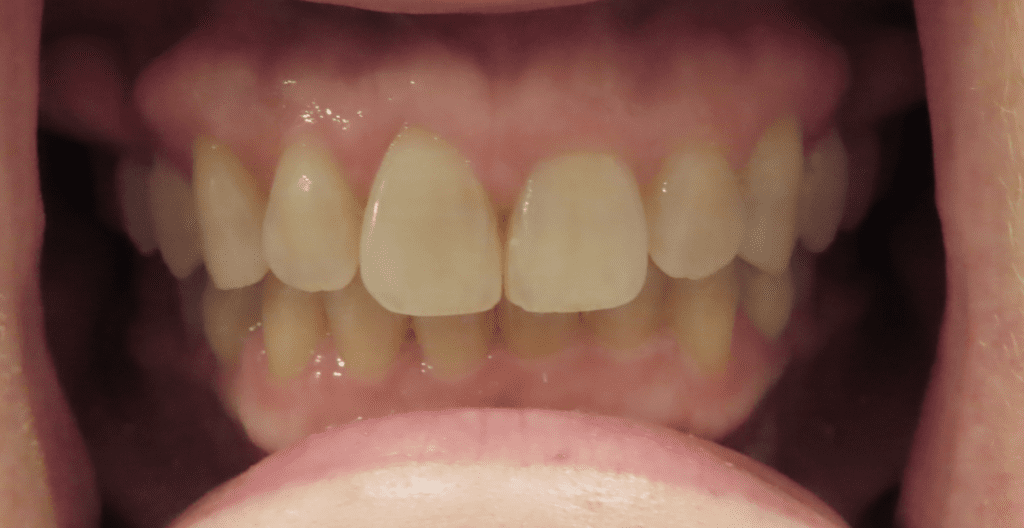
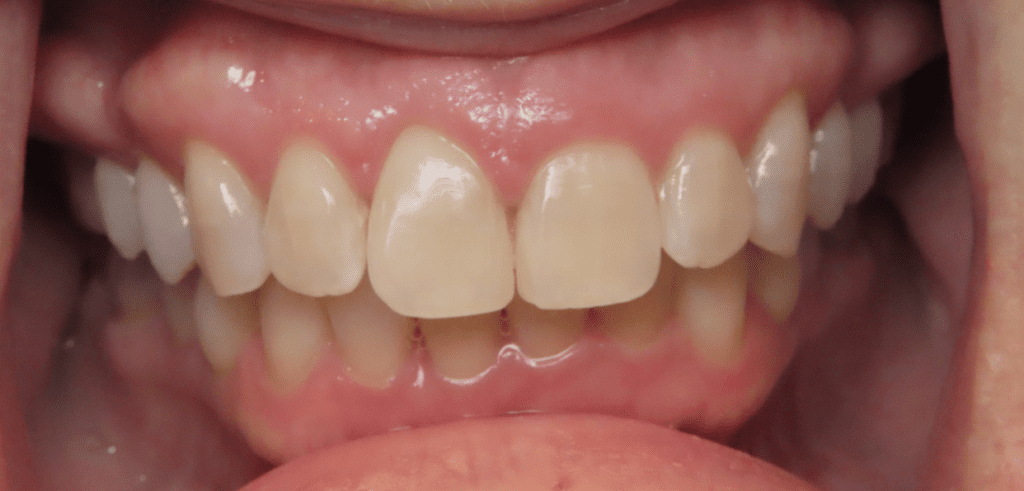
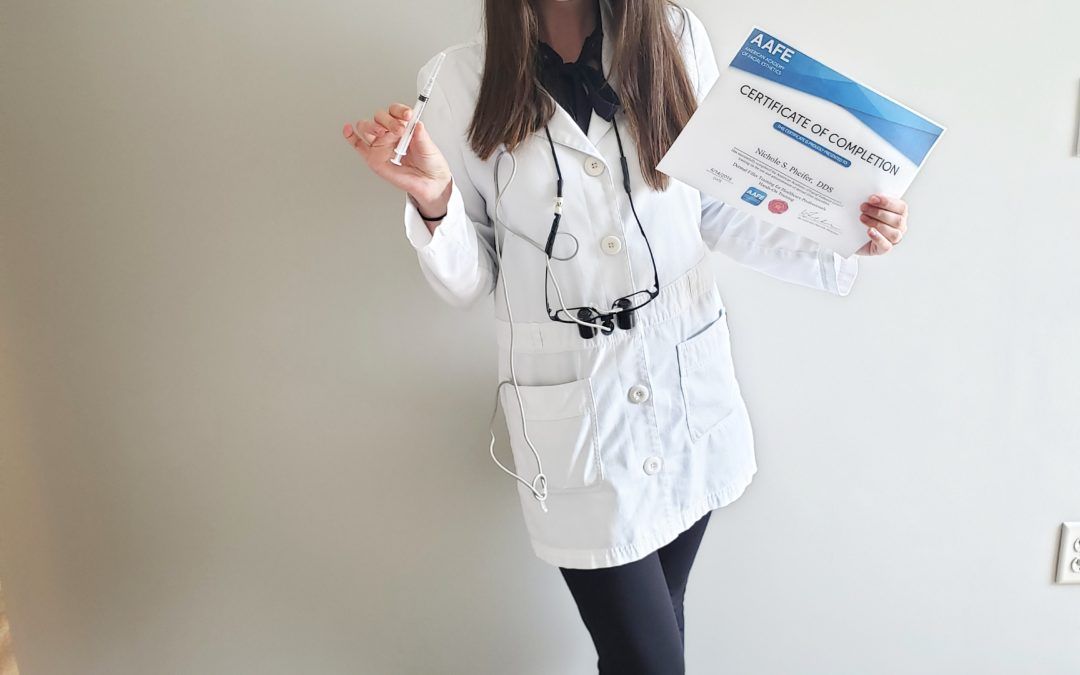
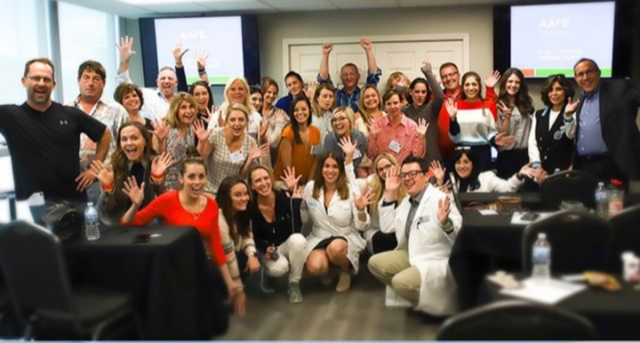

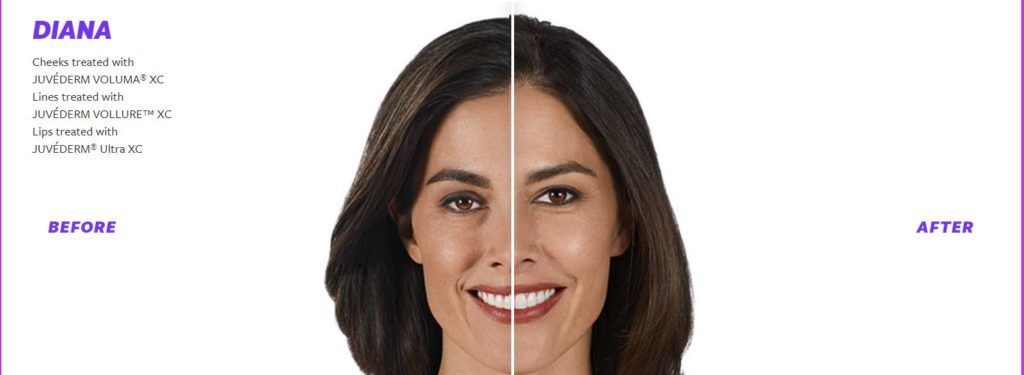
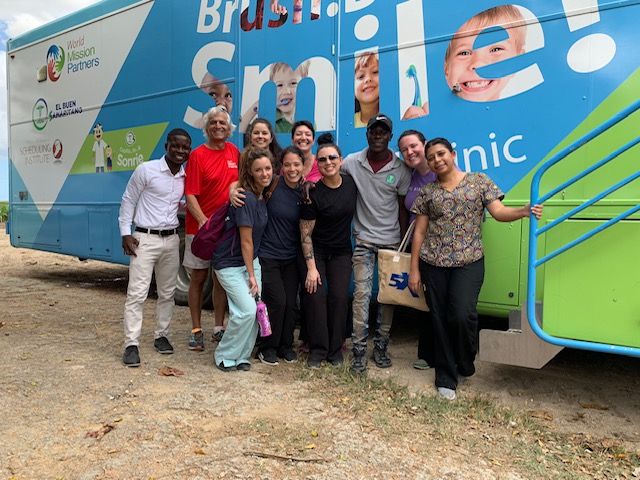
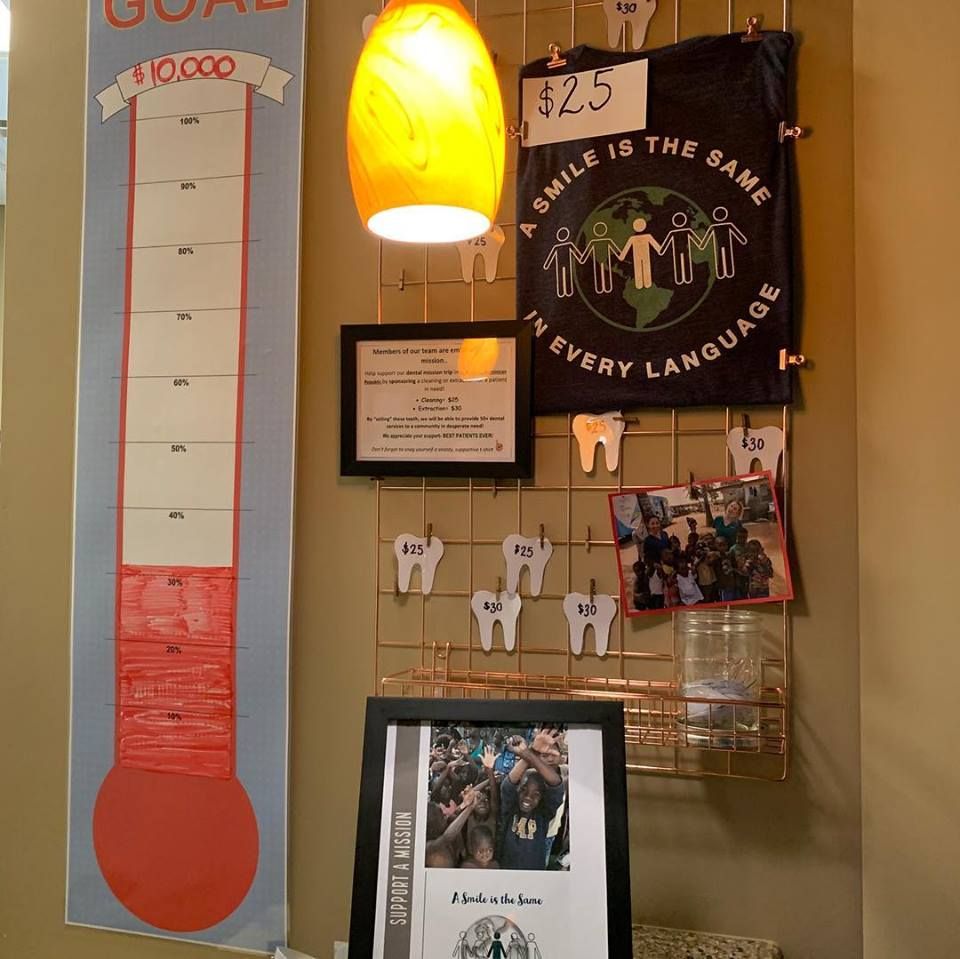
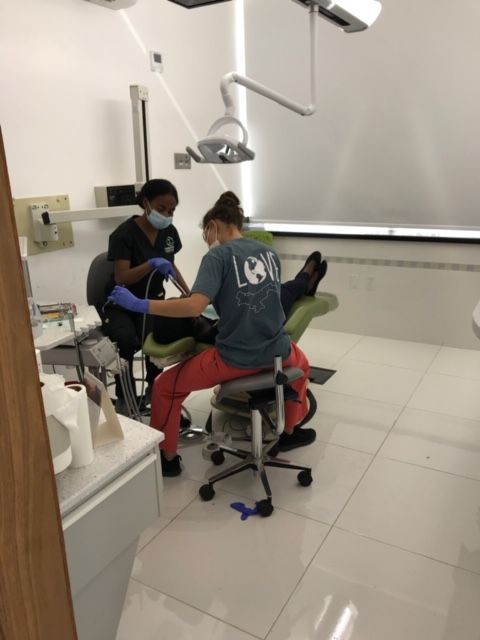
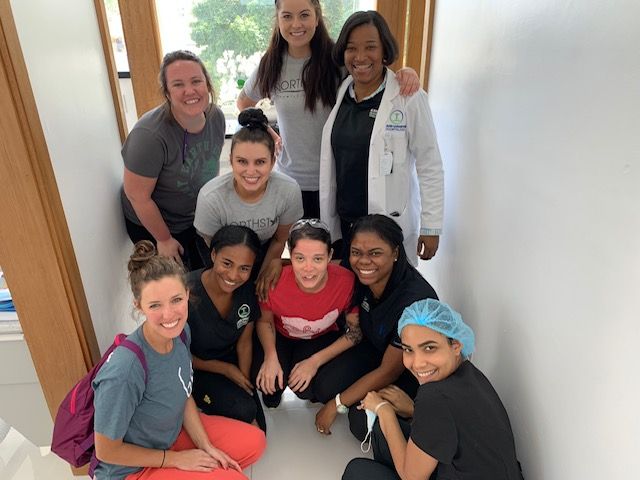
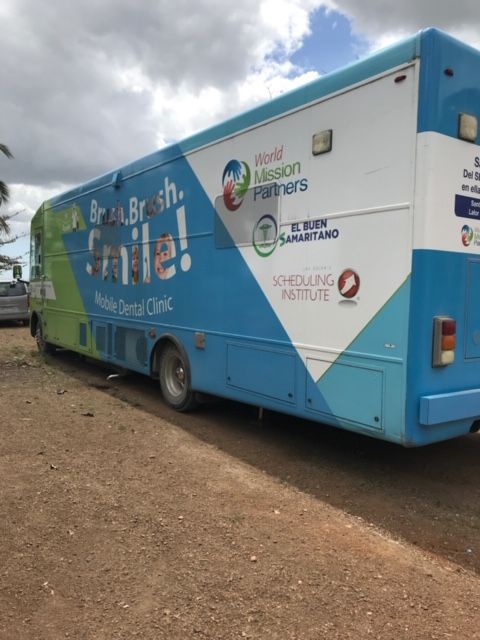




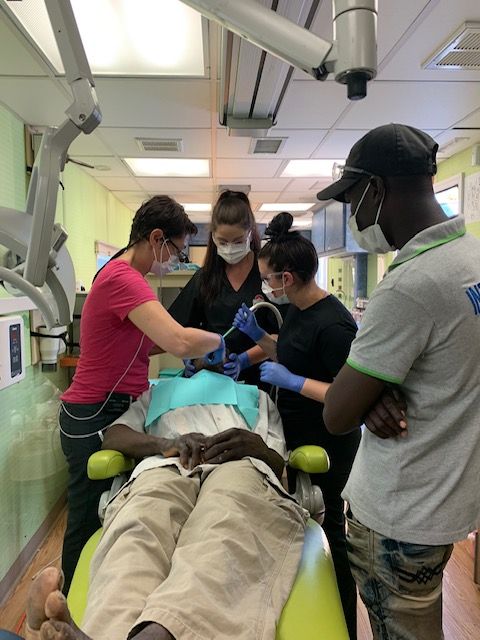
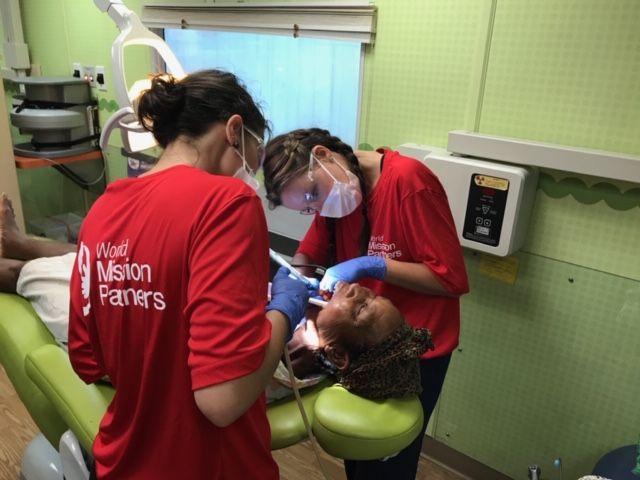
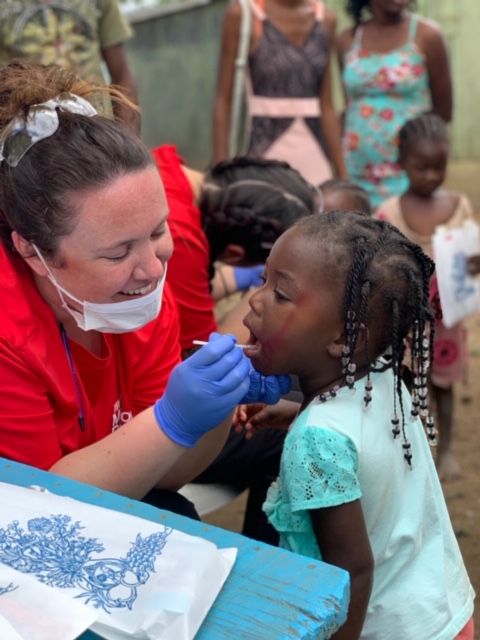
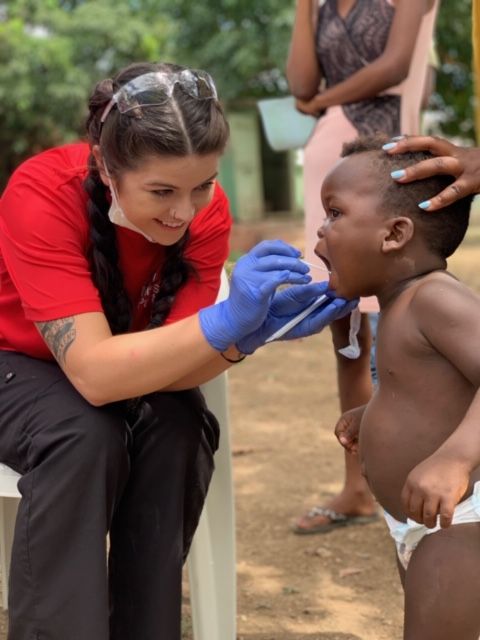
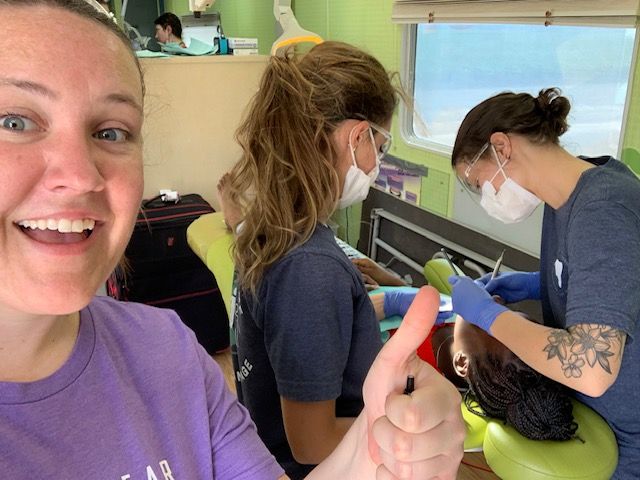




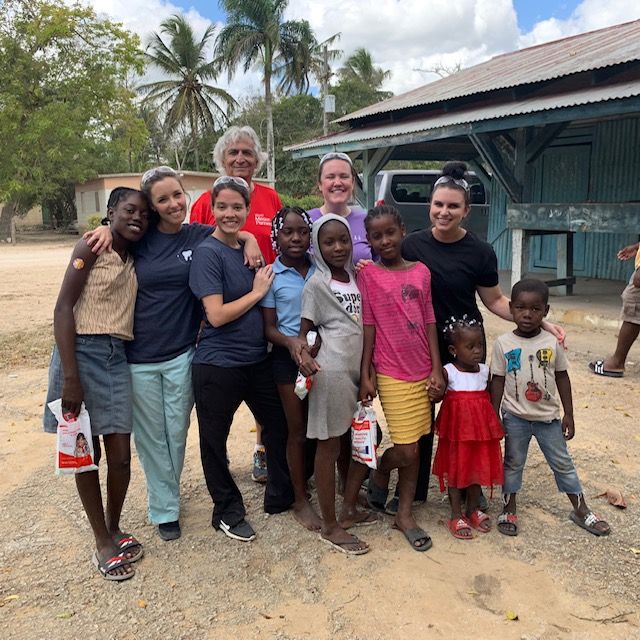
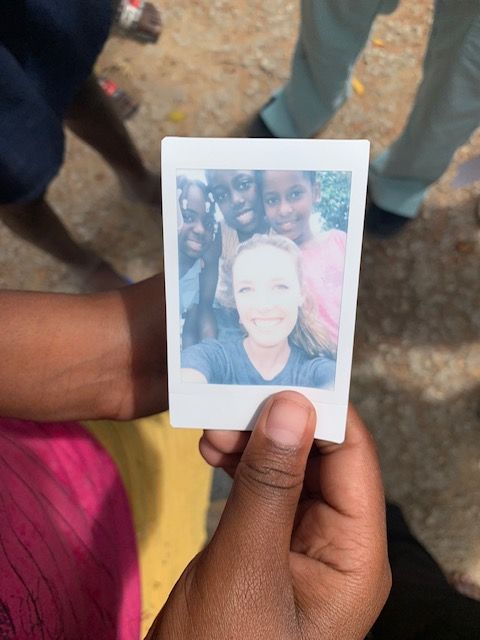
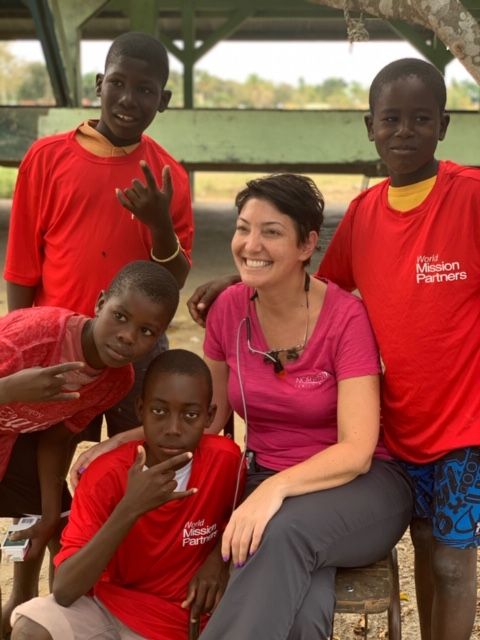
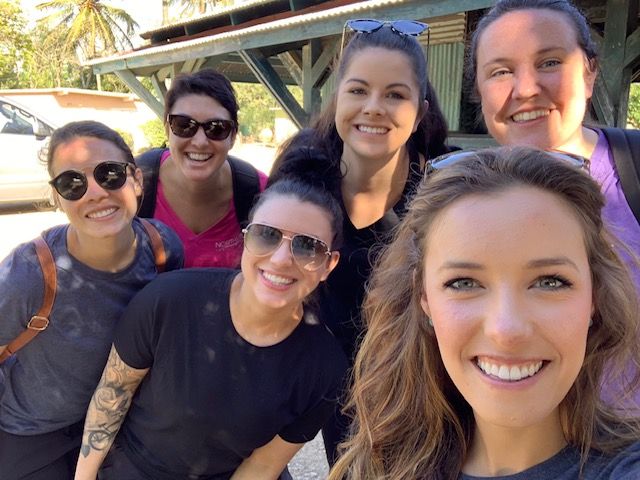
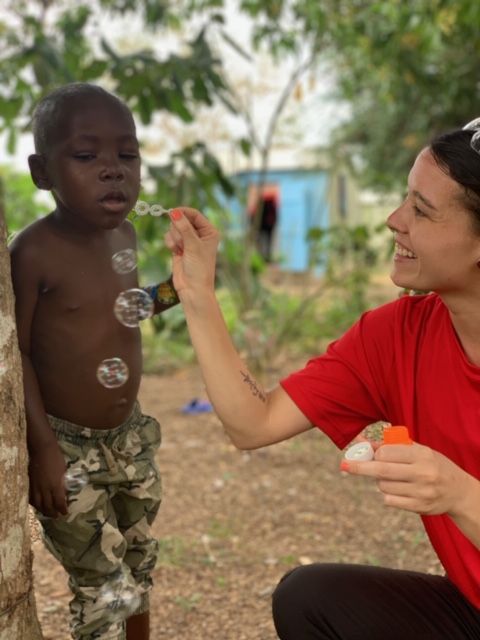
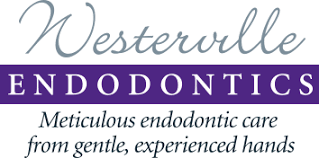
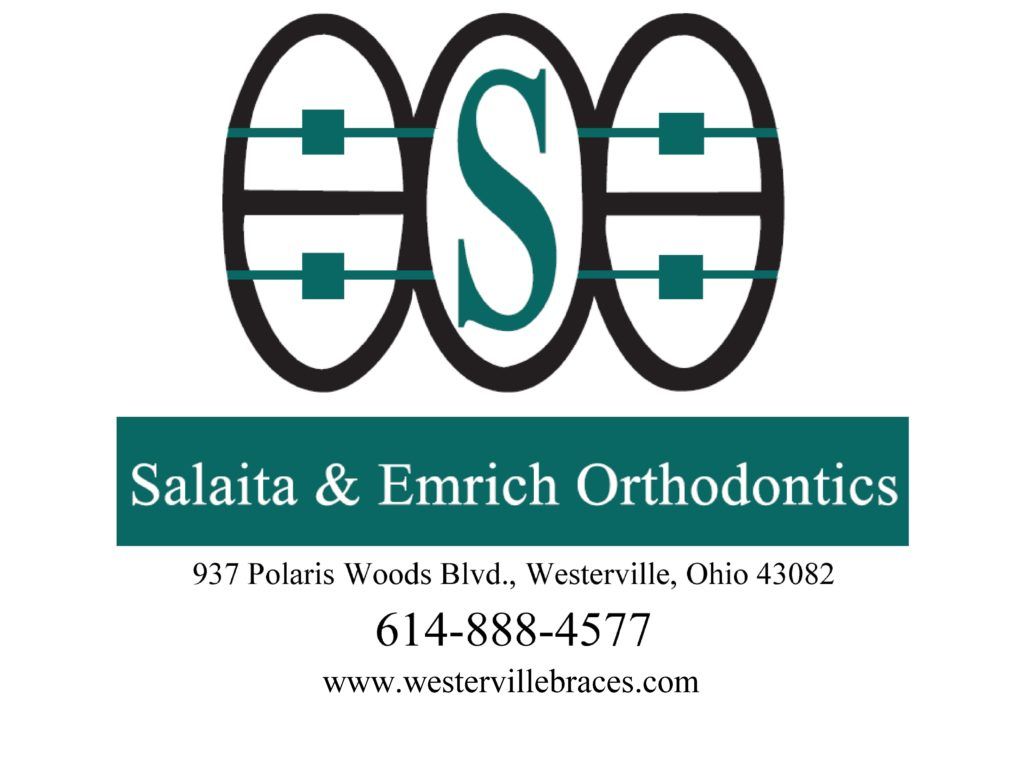





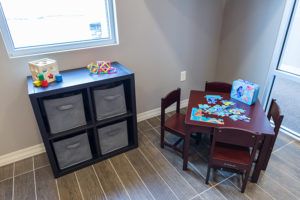
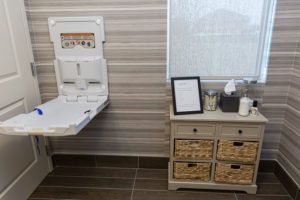
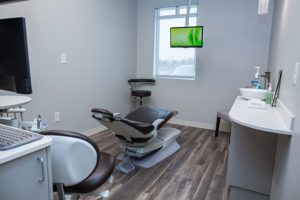
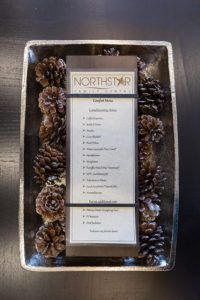
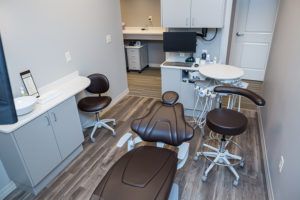
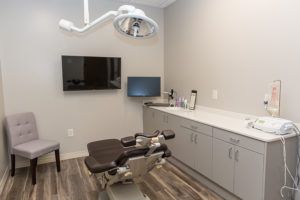
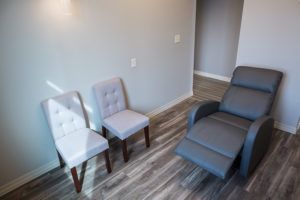
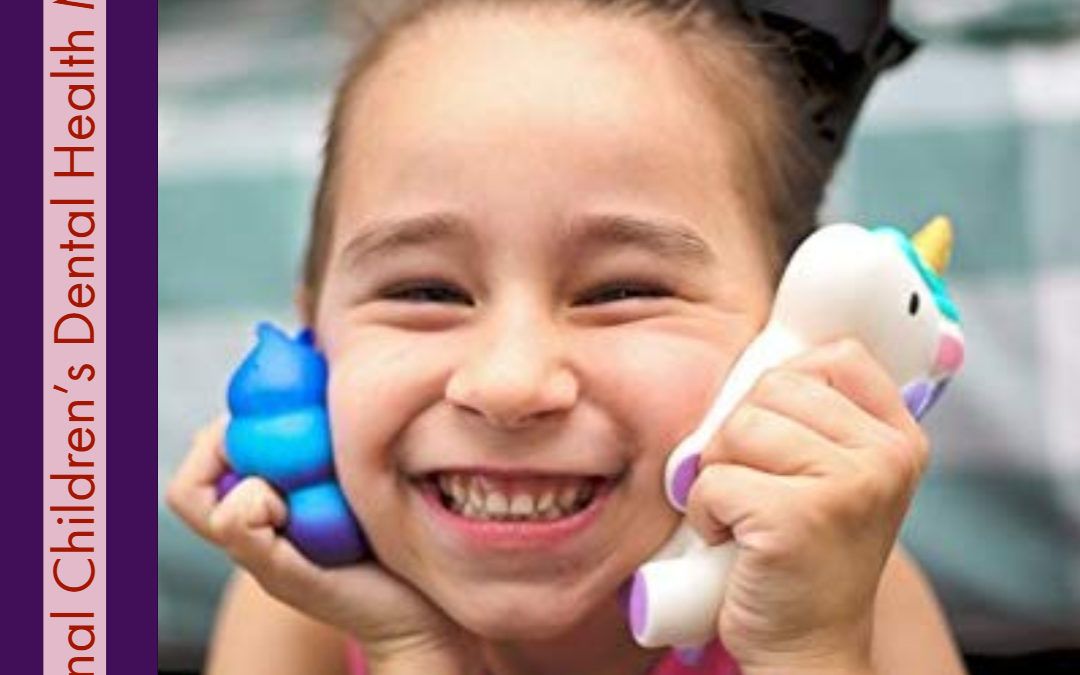

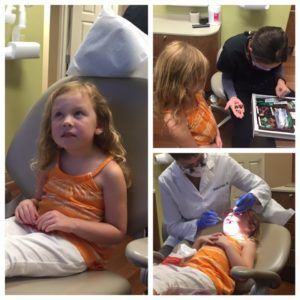 okay! Really, the purpose of this initial visit is to help both the parent and the child start to feel comfortable. A good hygienist will spend his/her time making the little patient feel safe and secure, maybe by playing games, counting teeth, answering questions or letting the little one explore the cleaning instruments/tools.
okay! Really, the purpose of this initial visit is to help both the parent and the child start to feel comfortable. A good hygienist will spend his/her time making the little patient feel safe and secure, maybe by playing games, counting teeth, answering questions or letting the little one explore the cleaning instruments/tools.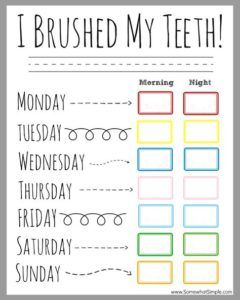
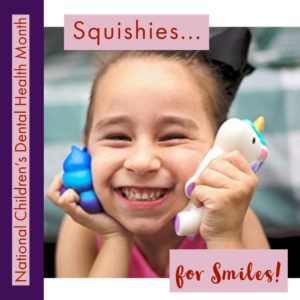
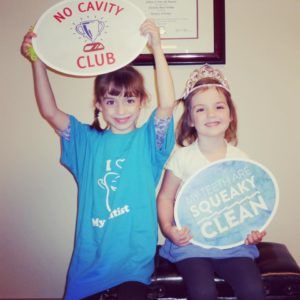
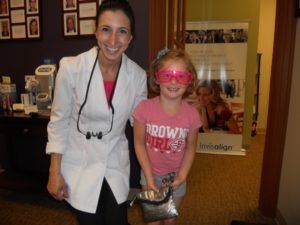

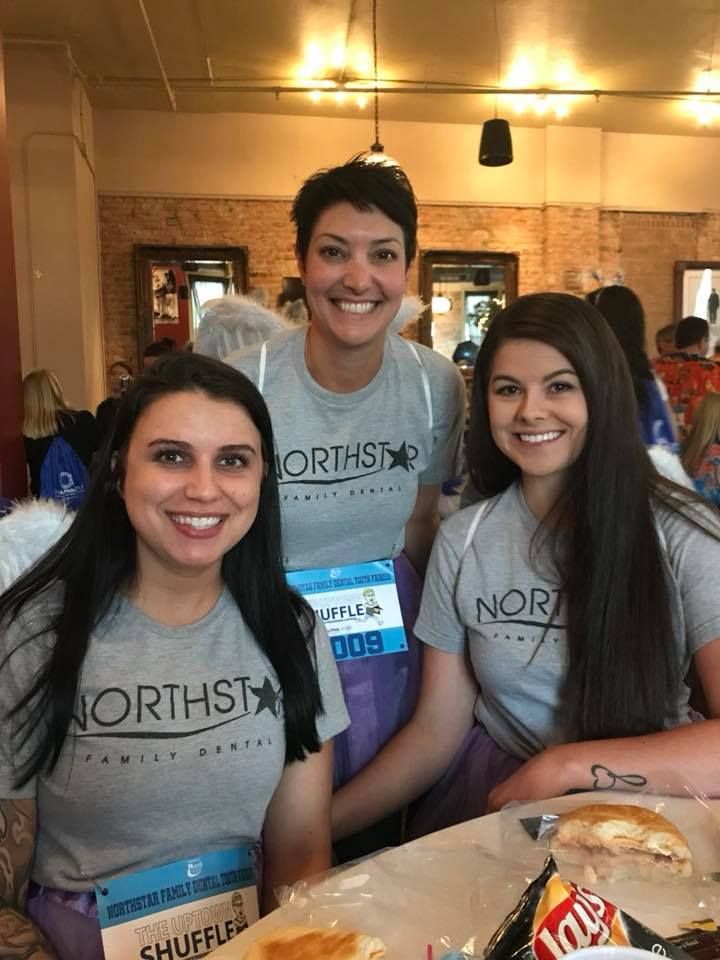


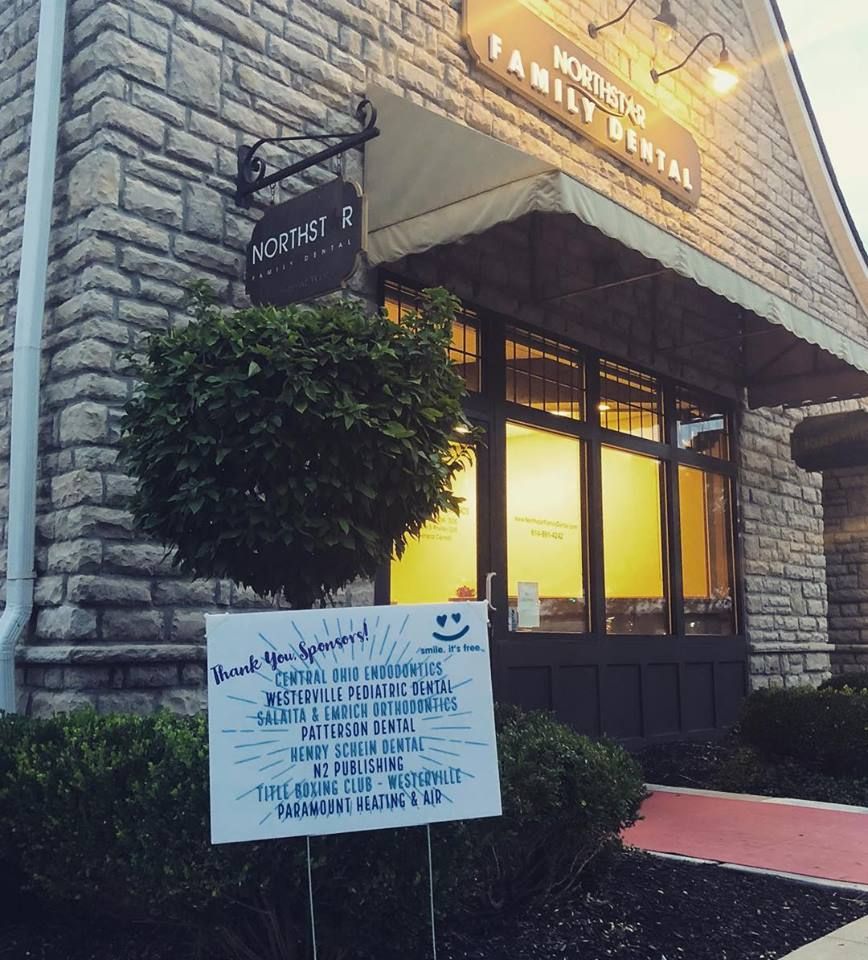
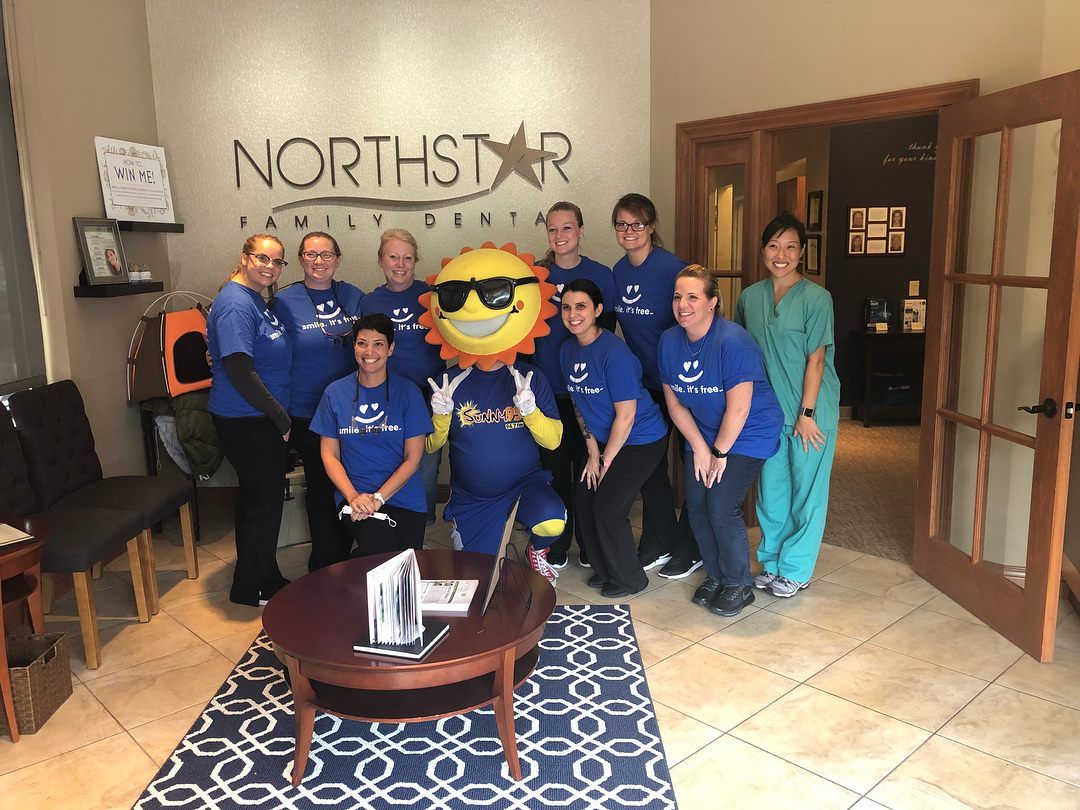

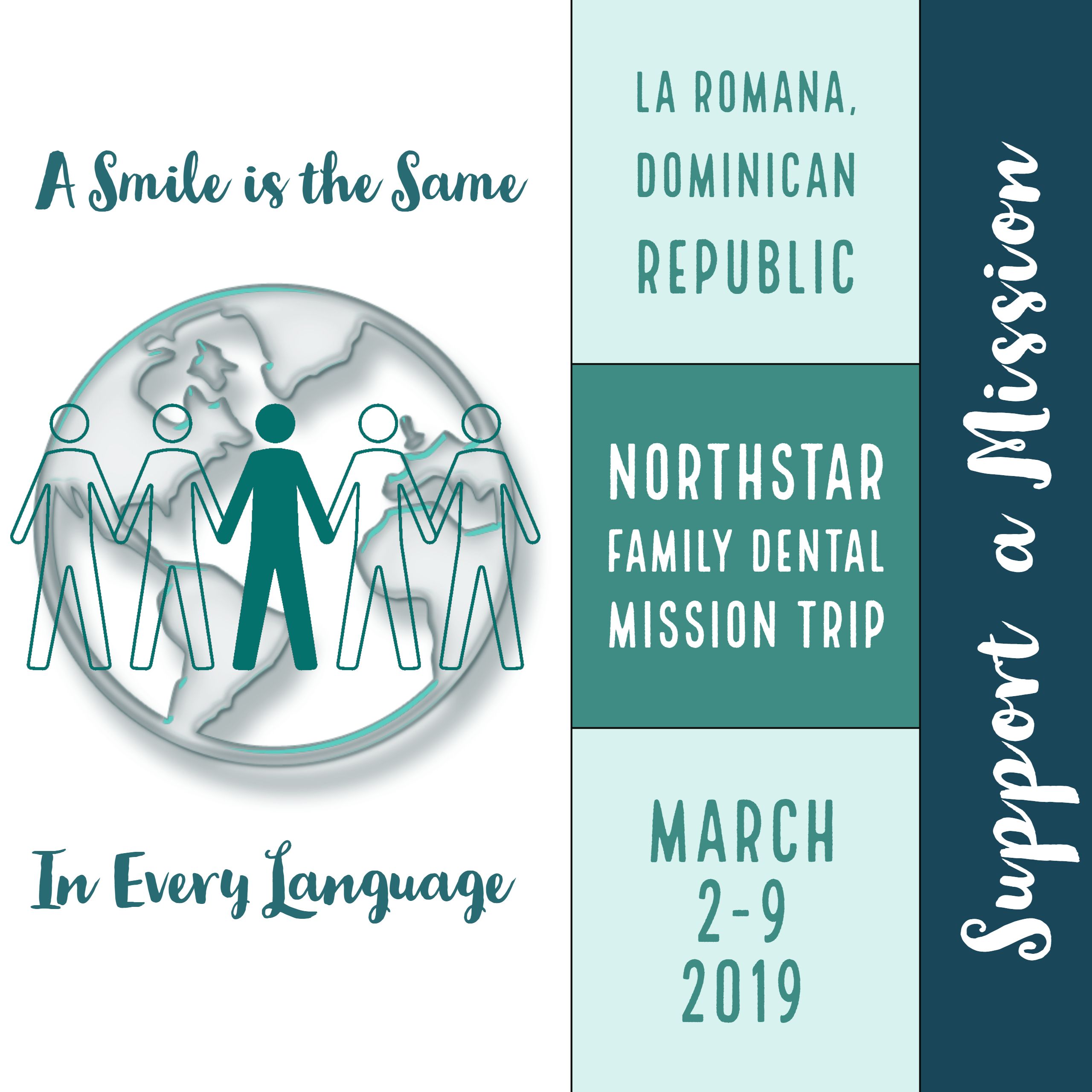

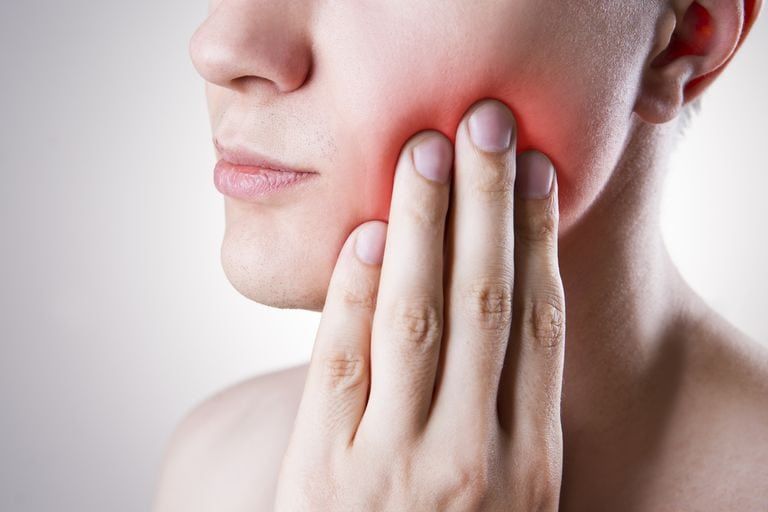







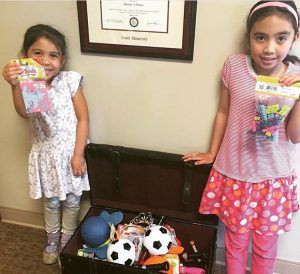




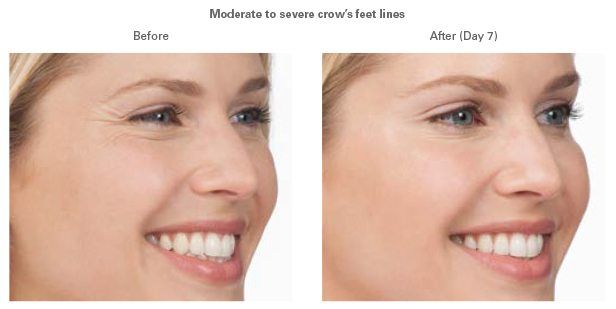


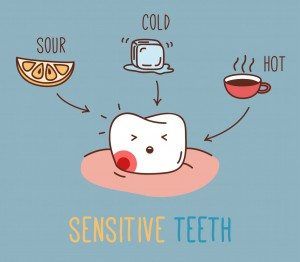
 5. Missing/Loose Fillings
5. Missing/Loose Fillings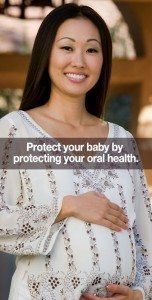
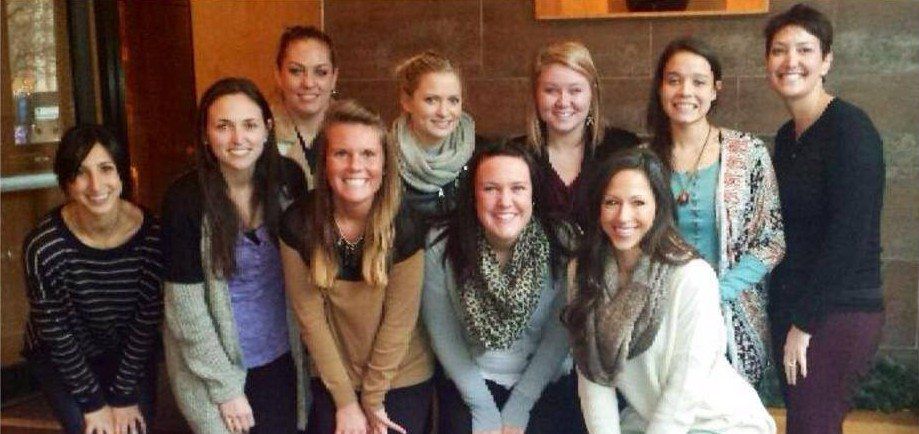
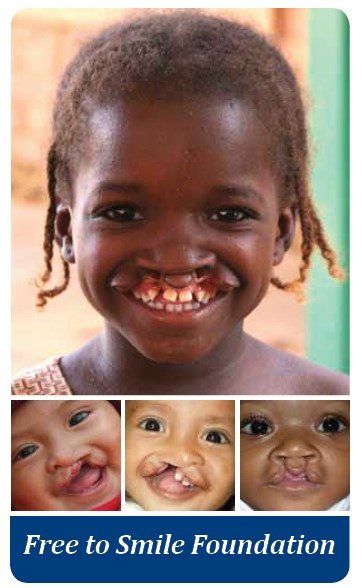
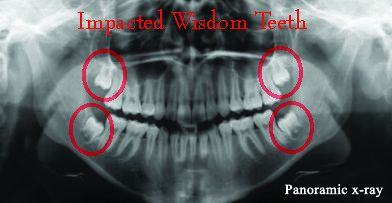

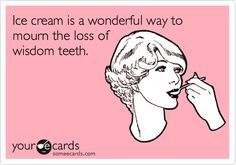 Treatment
Treatment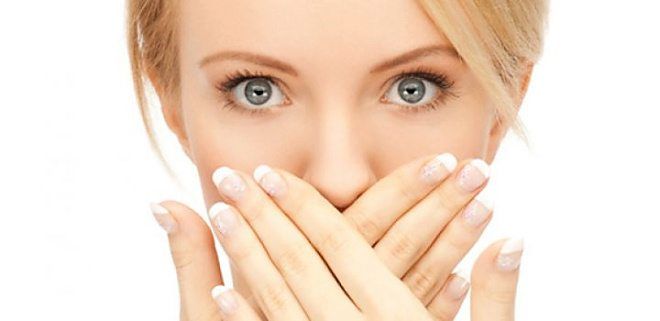
 Green tea – Green tea has antibacterial components that can kill bad breath germs.
Green tea – Green tea has antibacterial components that can kill bad breath germs.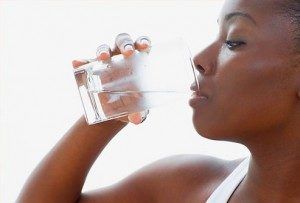 Foods high in Vitamin C – These foods (think oranges, melon, berries) Can stop bacteria from growing and help to neutralize odors from smelly foods.
Foods high in Vitamin C – These foods (think oranges, melon, berries) Can stop bacteria from growing and help to neutralize odors from smelly foods.

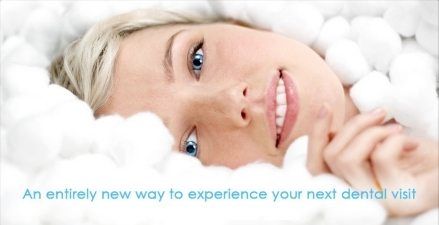



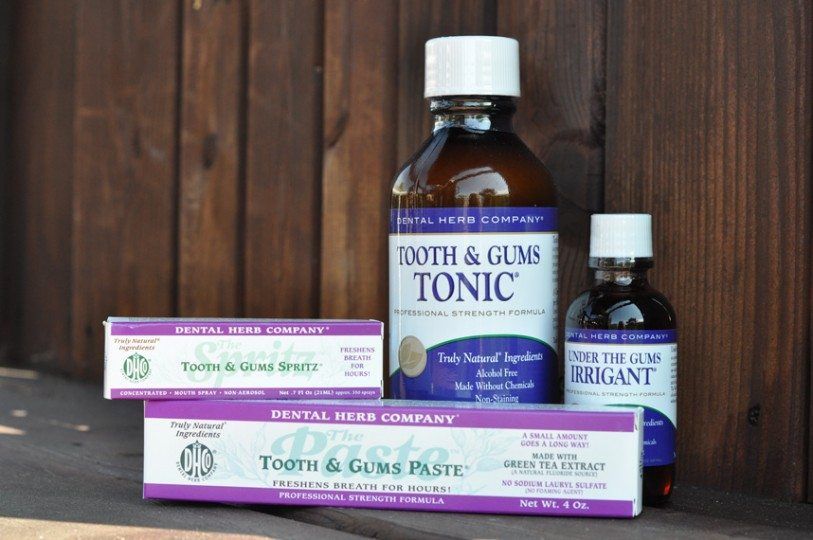
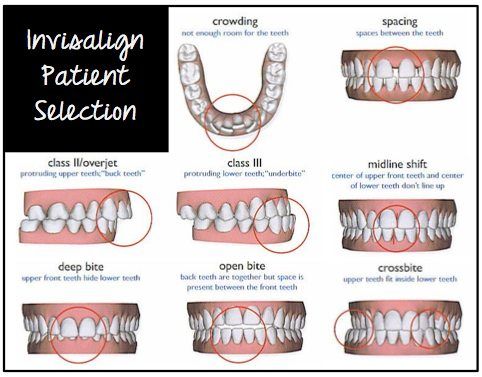
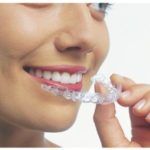 Invisalign is a method of orthodontics that utilizes a series of clear aligners to move teeth. The aligners are specifically molded to fit each individual’s mouth.
Invisalign is a method of orthodontics that utilizes a series of clear aligners to move teeth. The aligners are specifically molded to fit each individual’s mouth.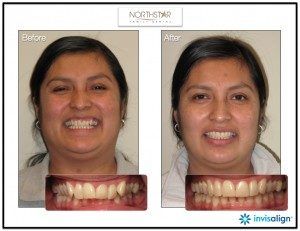 Records. We will take a series of photographs and impressions of your teeth.
Records. We will take a series of photographs and impressions of your teeth.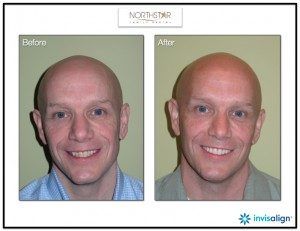

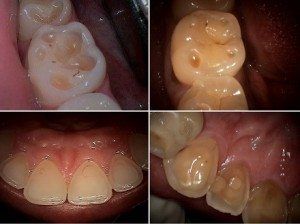
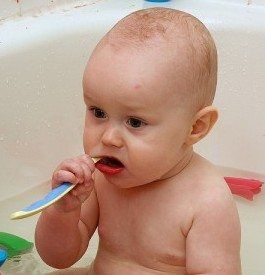
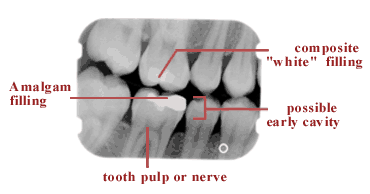

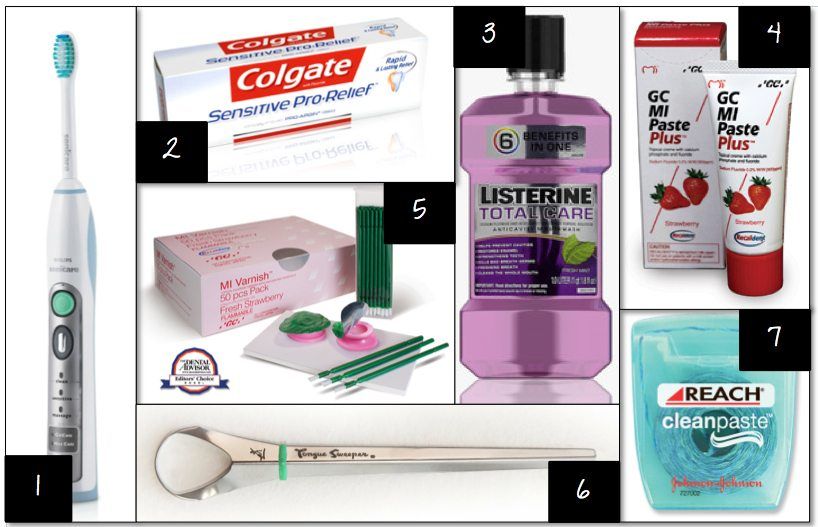
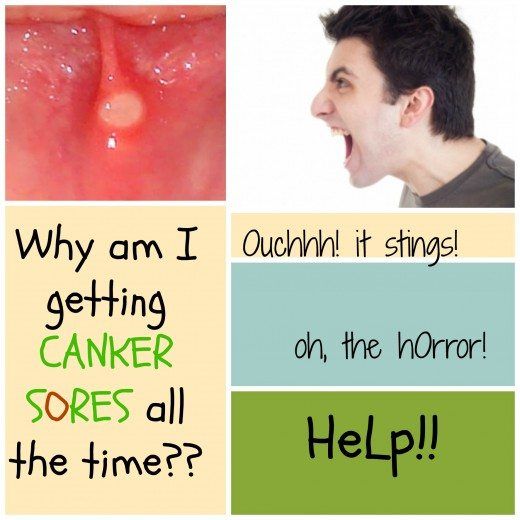
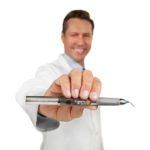 Chances are, you or someone you know suffers from oral cold sores or canker sores. An estimated 57% of the population suffers from “cold sores,” (AKA oral herpes simplex), while an estimated 10% of the population has “canker sores.” Today I want to discuss how these painful and stubborn mouth sores can be treated by us with our new laser. (That’s it on the right. It’s so pretty!)
Chances are, you or someone you know suffers from oral cold sores or canker sores. An estimated 57% of the population suffers from “cold sores,” (AKA oral herpes simplex), while an estimated 10% of the population has “canker sores.” Today I want to discuss how these painful and stubborn mouth sores can be treated by us with our new laser. (That’s it on the right. It’s so pretty!)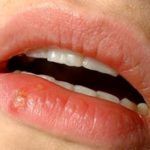 Cold sores (AKA oral herpes simplex) are viral in nature. Therefore, the lesions are contageous. Once a person contracts the virus, it can lay dormant between outbreaks, which may be triggered by trauma, stress, sunburn, illness, or cold weather. They are found on the lips, gingiva (“gums”), and hard palate, and are traditionally treated by antivirals (e.g. Acyclovir).
Cold sores (AKA oral herpes simplex) are viral in nature. Therefore, the lesions are contageous. Once a person contracts the virus, it can lay dormant between outbreaks, which may be triggered by trauma, stress, sunburn, illness, or cold weather. They are found on the lips, gingiva (“gums”), and hard palate, and are traditionally treated by antivirals (e.g. Acyclovir).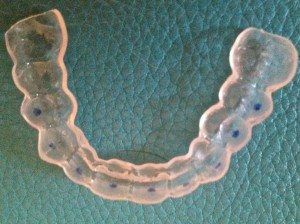




 It looks strange, but it does make it comfortable for both the patient (who can swallow on his/her own and doesn’t have to worry about water spray, etc. from the procedure) and for us!
It looks strange, but it does make it comfortable for both the patient (who can swallow on his/her own and doesn’t have to worry about water spray, etc. from the procedure) and for us!

